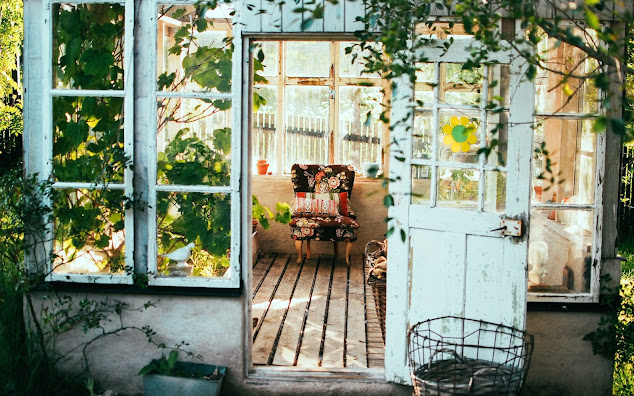From Bland to Bold: The Power of Accent Walls in Interior Design
The concept of accent walls has been around for a long time, but it’s never been more popular. Accent walls are alive and well in the decorating industry. These easy and stylish color accents will always be popular because of their flexibility. You have unlimited paint options for your accent wall, as well as other surfaces and materials. But it's not just about adding a pop of color. An accent wall can also make a room feel more cohesive by tying together different elements. For example, if you have a sofa in one color and curtains in another, an accent wall can help bring the room together by incorporating those two colors into one focal point.
When it comes to choosing the right color for your accent wall, there are a few things to keep in mind. Consider the existing color scheme of the room and try to choose a color that complements it. Also, think about the mood you want to create. If you want a calm, peaceful space, opt for a cool color like blue or green. If you want a bold, energizing space, go for a warm color like red or orange. Another option is to choose a metallic finish, like gold or silver, to add a touch of glamour to your accent wall.
In addition to color, you can also play around with different materials and textures to create an interesting accent wall. Some popular options include wallpaper, tile, wood planks, and even stone veneer. Mixing materials and textures can add depth and dimension to your wall, creating a dynamic backdrop for your furniture and décor.
One thing to keep in mind when designing your accent wall is to choose a focal point in the room. Whether it’s a fireplace, a piece of artwork, or a piece of furniture like a bed or sofa, your accent wall should draw the eye towards that focal point. This will create a cohesive and visually pleasing space.
In conclusion, accent walls are a simple yet effective way to add personality and color to any room. They’re versatile, easy to implement, and offer endless possibilities for customization. When designing your own accent wall, consider the existing color scheme of the room, the mood you want to create, and different materials and textures that can add interest and depth. By following these tips, you can transform any space from bland to bold in no time!



Comments
Post a Comment